Luxury in hospitality is taking on new forms and abandoning old ideas. Exclusivity remains, but today's luxury opens doors to the genuine and authentic, moving from possessions to poetic experiences. Luxury is now meaning, purpose and learning.
These concepts are especially true for Erik Nissen Johansen, founder and creative director of the award-winning global hospitality design studio Stylt in Gothenburg, Sweden. Stylt is on a mission to create truly memorable guest experiences by telling inspiring and meaningful stories through extraordinary hospitality design.
The Swedish design agency uses a holistic method of combining business and concept development, storytelling, interior architecture, branding and design. In addition to unique guest experiences, they create ways to generate public relations and long-term revenue. The result is impact and change, or in their own words - hospitality design extraordinaire.
Under Erik's leadership, Stylt has won numerous awards, including the AHEAD Awards, The Gold Key Awards, The Hospitality Design Awards, and the UNESCO Prix Versailles among others.
In an exclusive interview with Helena Costa from Alma de Luce, Erik talks about his current inspirations, projects, and critical considerations for future designers or architects.

Helena Costa: I saw your website. Your resume is very, very impressive. Outstanding work. Your projects have many primes. Can you tell me what determined this passion for interior design? For hospitality design?
Erik Nissen Johansen: I started as an artist. I went to art school in Florence, where I became passionate and interested in the Renaissance’s collaboration ideas. During the Renaissance, big studios opened where designers, painters, architects, singers, dancers, engineers, and architects all worked together. People with different skills and different backgrounds collaborated. This sparked an exciting time in history - the singer making the architecture better, the painter inspiring the engineer. This collaboration between different areas has always fascinated me. I think that's where innovation happens - when there is an on-going conversation between people with diverse backgrounds, with different goals and perspectives on life.
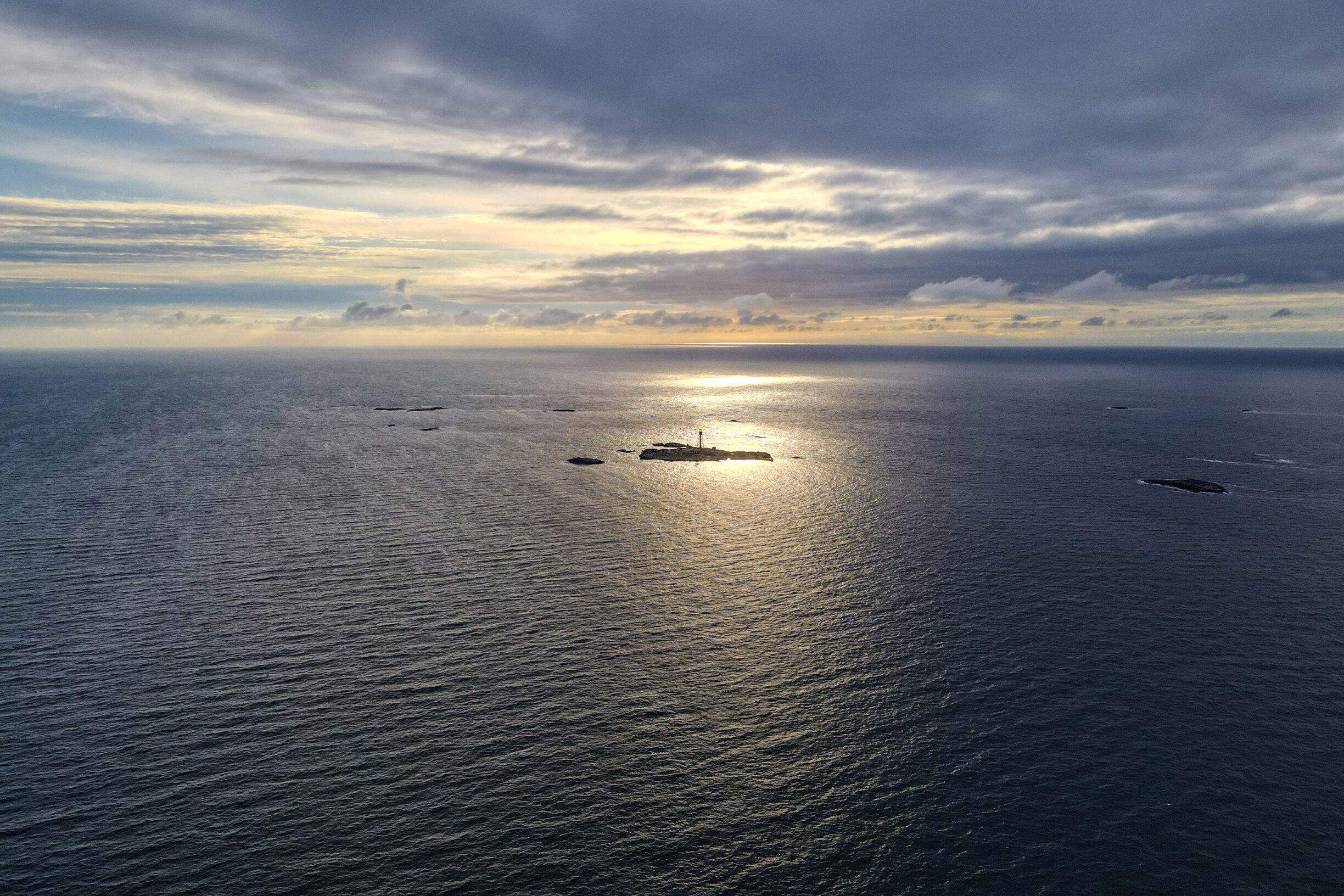
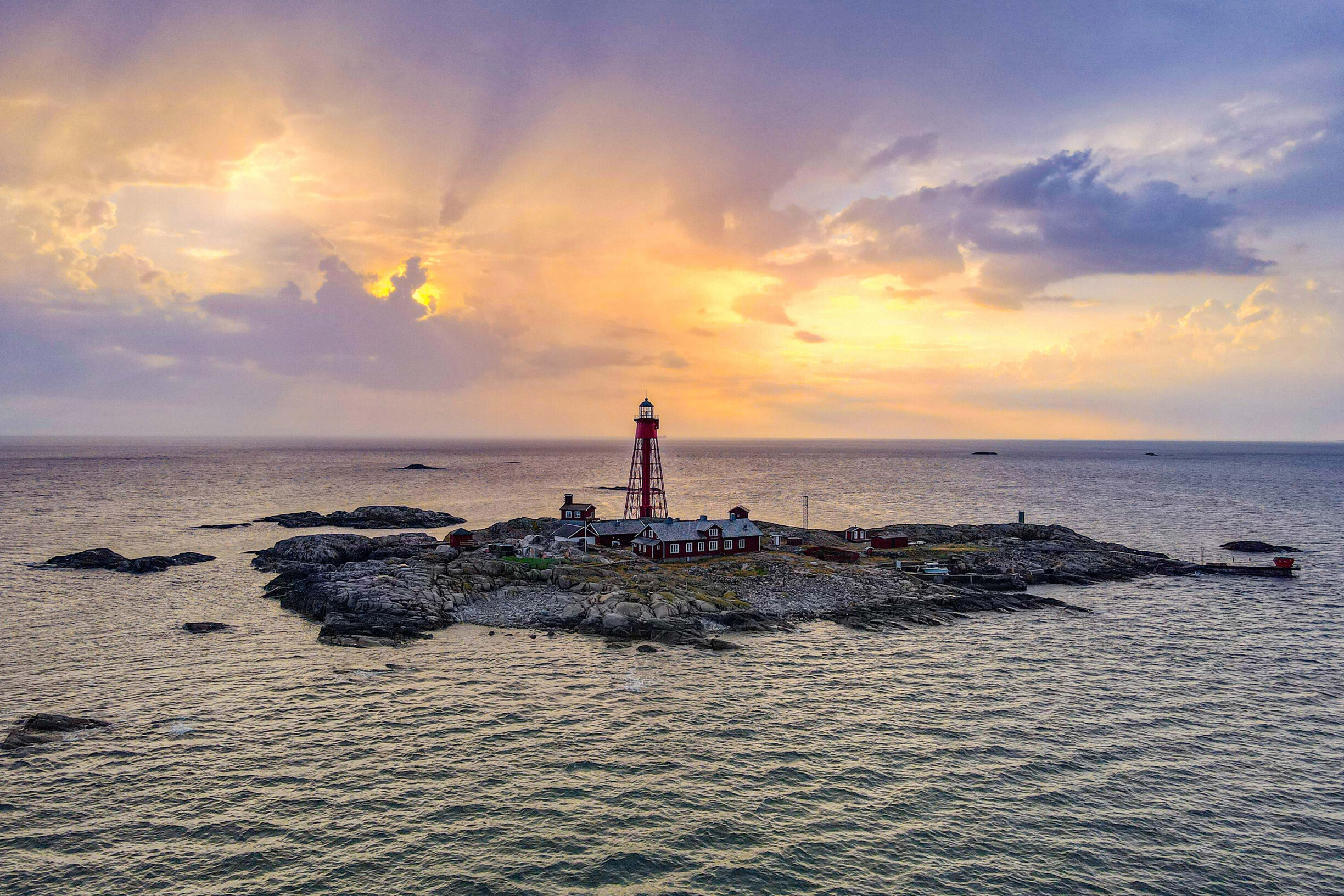
After my time in Florence, I moved to Gothenburg in, Sweden. Together with four other artists, I started the first version of Stylt - a free-thinking art collective. We created art and started a gallery, exhibiting artists from New York and other parts of the world. We crossed borders and started doing interior design for restaurants, branding, graphic design, and advertising. It was a multidisciplinary workshop, in a way, very much like the Renaissance studio.
"I’m passionate about collaborating with investors, chefs and owners, the partnership between them and the designers in our studio."
Soon our studio consisted of artists, graphic designers, marketing people, interior architects, and interior and industrial designers. I always wanted people with different backgrounds to work together, and even if the result wasn’t always as expected, it was… different, and I liked that. Today, in the world of hotels and restaurants, doing things differently is essential. If you don't have a differentiation, you don't exist. So that passion actually came from the idea of cross-border collaboration. And every new project is a unique set-up with new people and a new client.
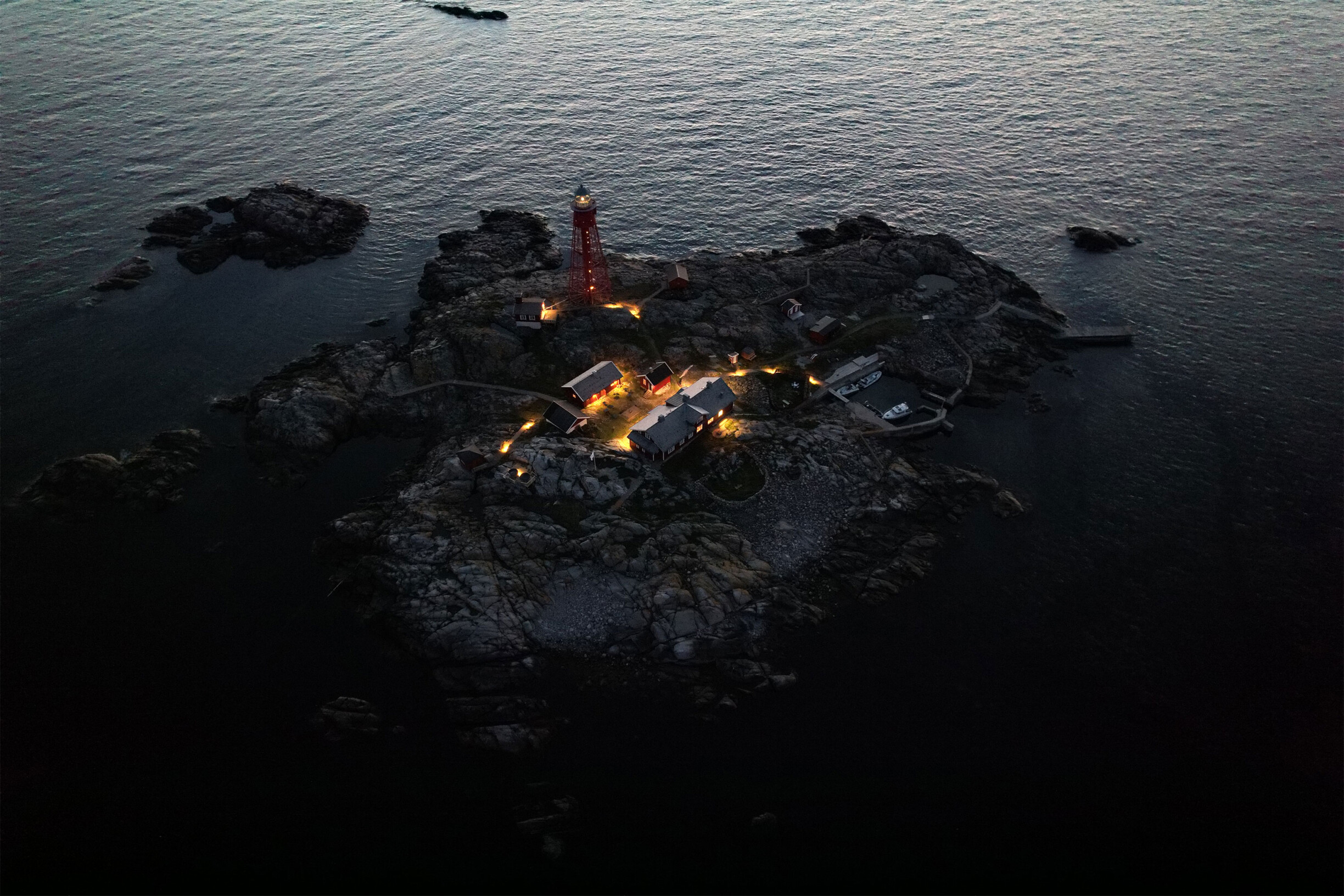
I'm also passionate about what makes an experience great, which is obviously the key to the guests’ hearts and good revenue. If you open a clean, friendly, traditionally designed hotel, you will get the average room rate. But if you want to charge more than the average, it's all about emotional arguments. You must address people's passions and cater to the unique interests of your target groups.
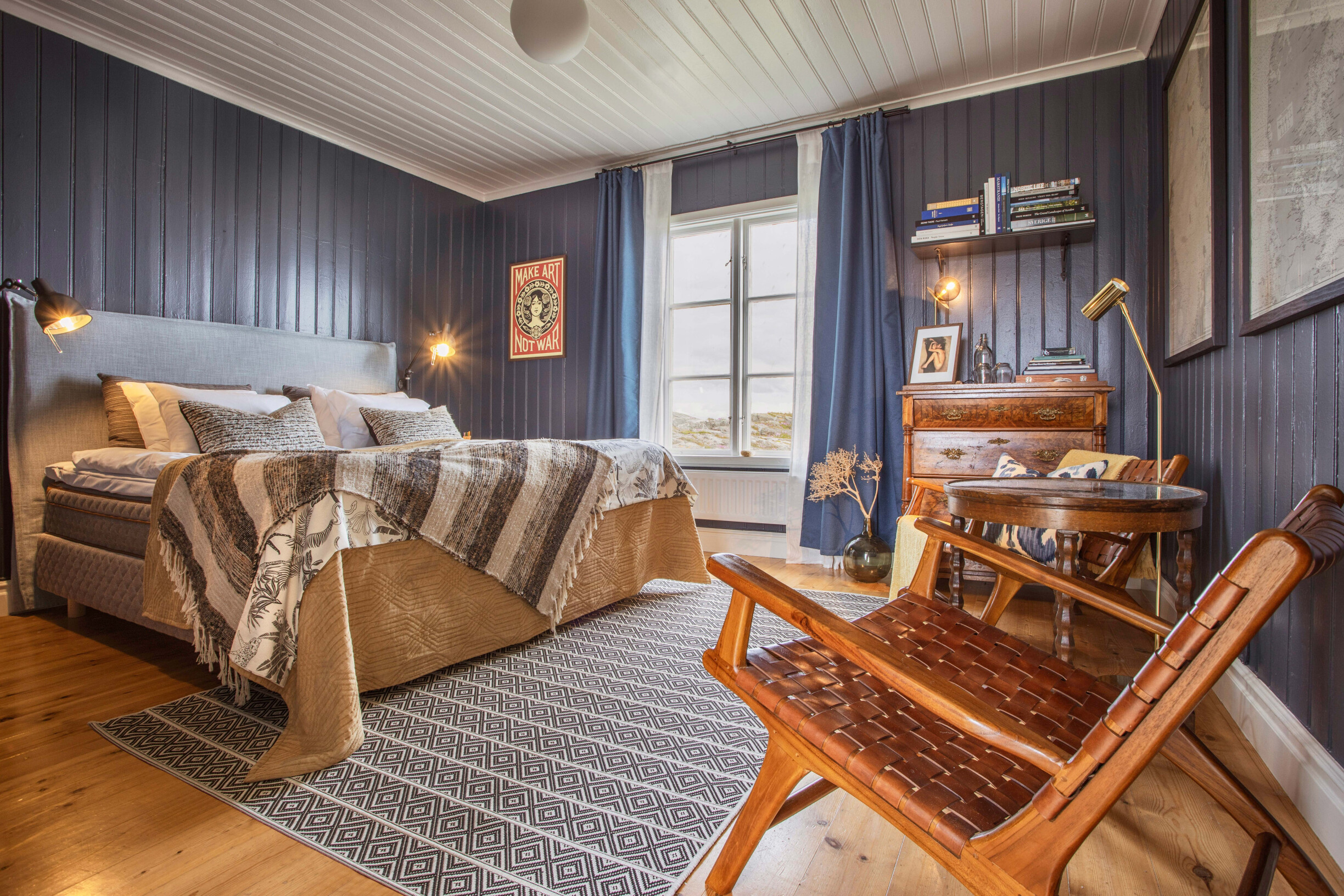
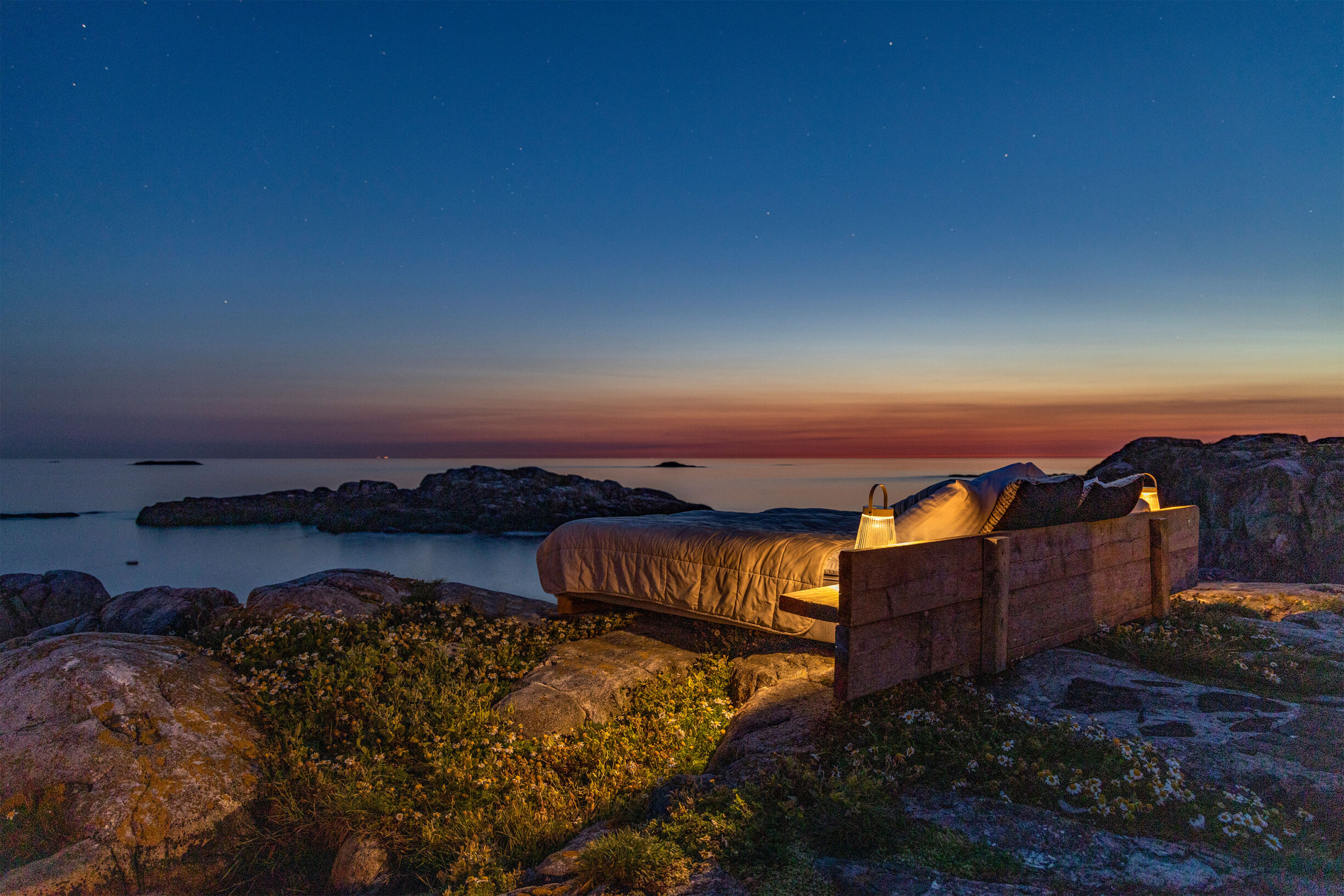
When it comes to our method and how we approach a project, it’s like making a great movie. We always do lots of research and write the script before we start designing, making sure that we have a strong storyline that can be communicated through the design, the branding, the food, activities, the staff etc. If you start with the narrative and know what you want people to feel and experience, the process is so much easier, the result becomes sharper, and the success will be much more significant. An emotional narrative is vital to make people fall in love with your hotel.
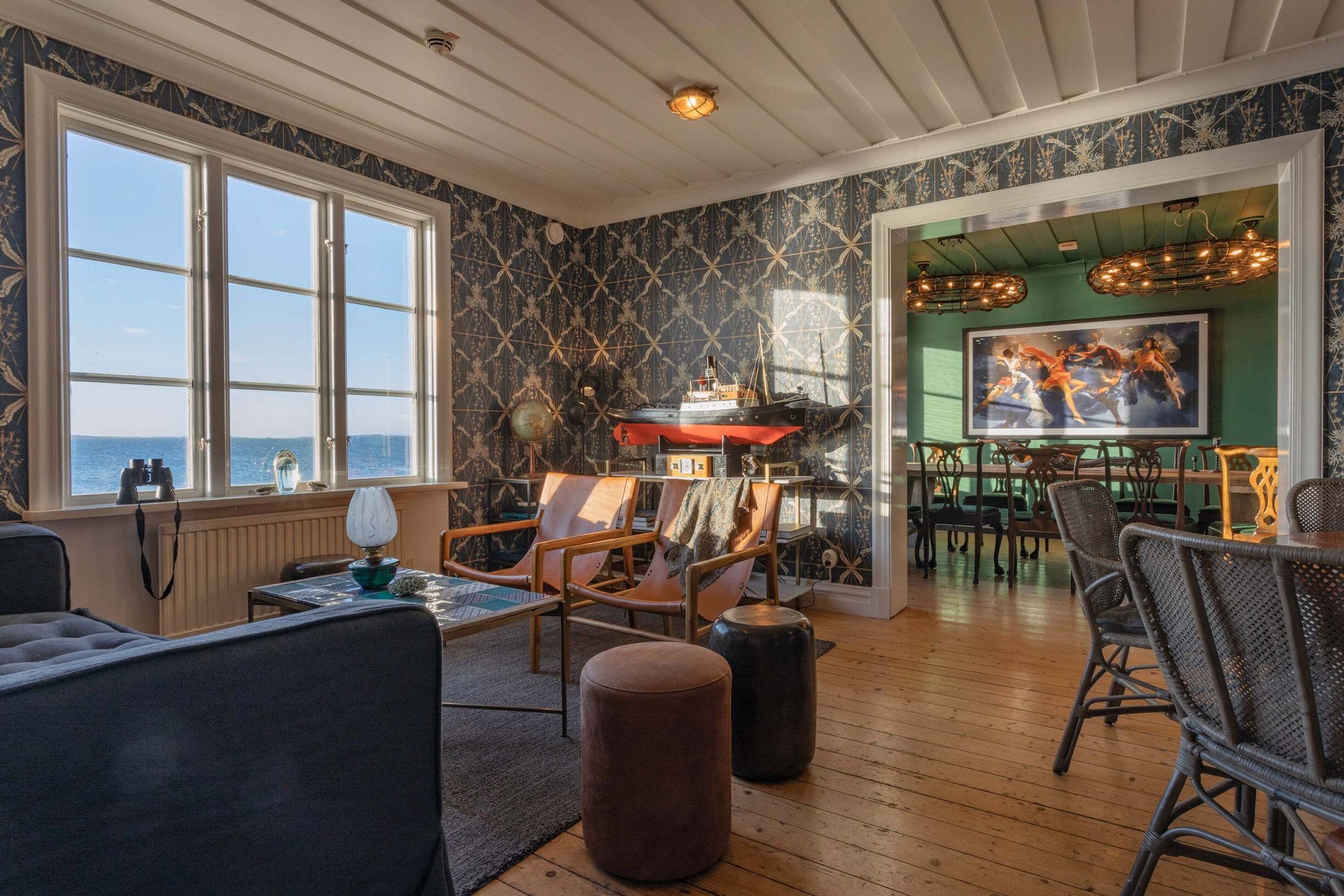
HC: Can you tell me what is your favourite project? The one you like the most?
EJ: I have four children, and it’s like asking who my favourite child is… I really can't. But there are a few projects that are different for different reasons. Some projects are milestones in the company's career and changed a lot. Some are very close to my passions.
Our project Pater Noster is a good example. It’s so much about the change that the world of luxury has gone through for the last 30 years. If luxury used to be about expensive watches and fancy cars, today it's rather about poetic experiences, about learning and experiencing new things. That's what that hotel is all about. Furthermore, I’m a partner in the operating business of Pater Noster. After 30 years of creating hotels, I finally found a place where my passions all came together; hospitality, design, the ocean and not least – fishing!
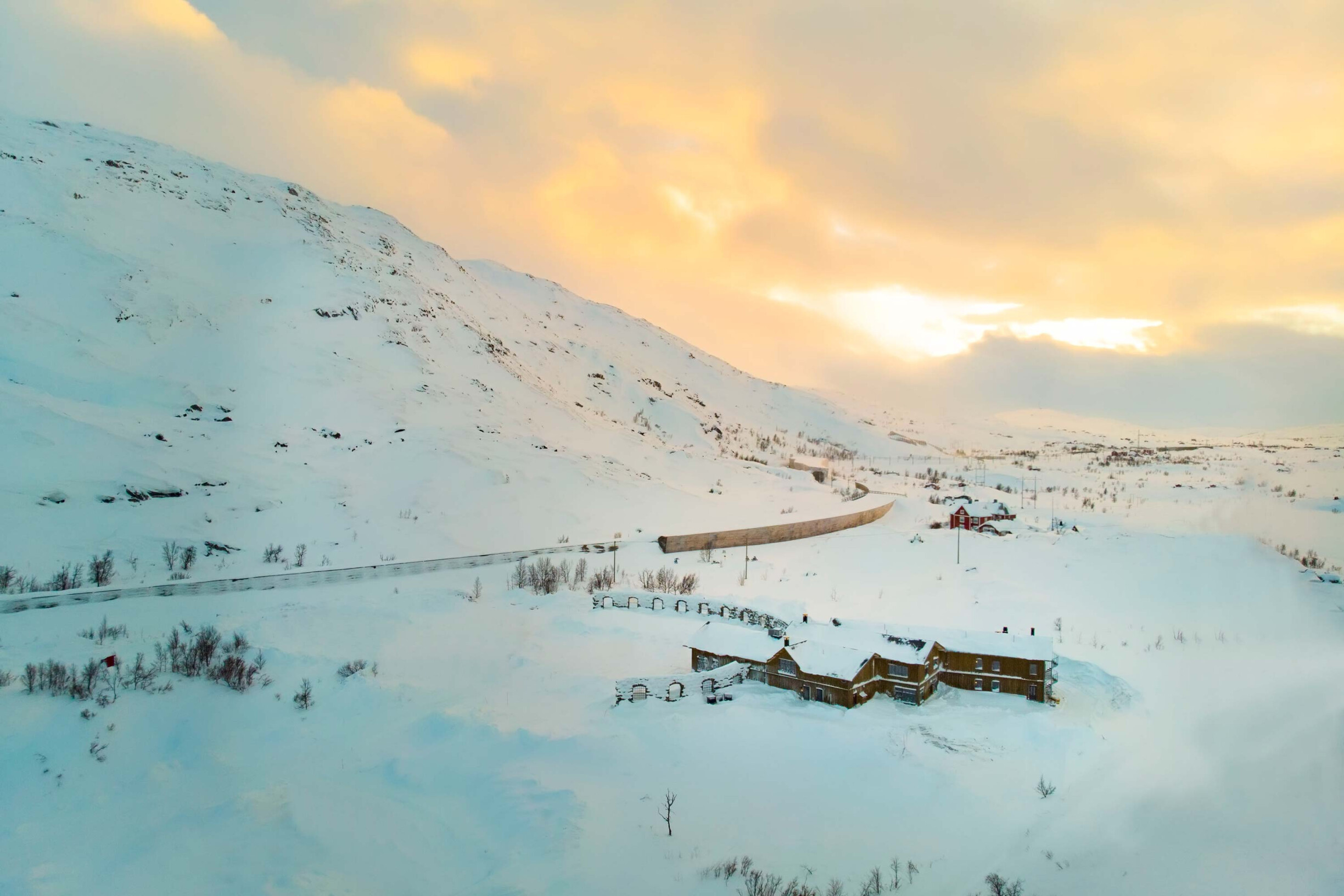
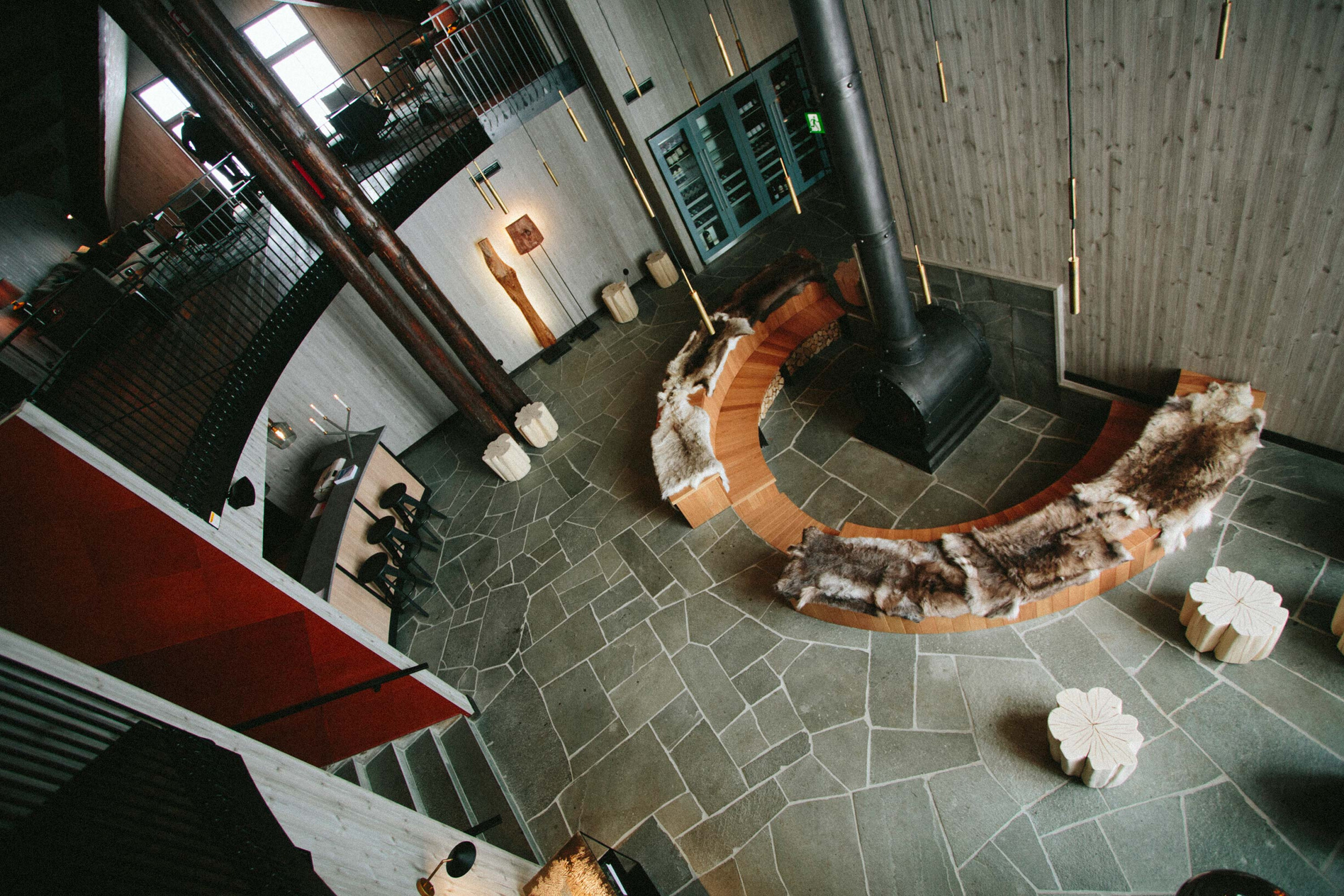
This place is so much about storytelling. For more than 100 years, generations of lighthouse keepers lived on this isolated and remote island on the Swedish west coast. They created their home in the lighthouse master’s residence next to the lighthouse, built in 1868. This story inspired us to create the concept and the right ambience for this place. Instead of opening a boutique hotel out here, our idea was basically to reopen the welcoming home of the lighthouse master. So, we don’t even call it a hotel - we call it a home on the horizon, a theme that’s been our guiding star in every way. I helped us designing the place, to select furniture, art, colours, what kind of food we serve…
"We said, instead of opening a hotel, let's reopen the home of the lighthouse people. That's why don’t even call it a hotel, but a home on the horizon. That decision has influenced many of our choices."
Out there, you live with the ever-changing weather, the storms and the beautiful days. And not least with local produce from the sea. Our chef is actually a marine biologist and a diver, a guy who sometimes meets guests in the living room with his wetsuit on, asking if anyone wants to join his diving and collecting seaweed for today’s dinner. Well, I guess you can hear that this is a project very close to my heart. And then we have... can I mention more than one project?


HC: Of course, you can. As an architect, I understand how difficult it is to choose just one preferred project, even though we learn different things from each one.
EJ: Another favourite is Niehku Mountain Villa, a heliskiing resort we created up in northern Sweden, more than 200 km north of the Arctic Circle. This is a place for passionate skiers with just 14 rooms. The helicopters take you to the highest and most remote peaks in Sweden. Returning back to the basecamp in the afternoon, they offer a fantastic restaurant and a wine cellar, a great combination of wilderness and good taste, of the rough and the refined. I think it's an excellent example of a place that focuses on satisfying certain people's unique interests.
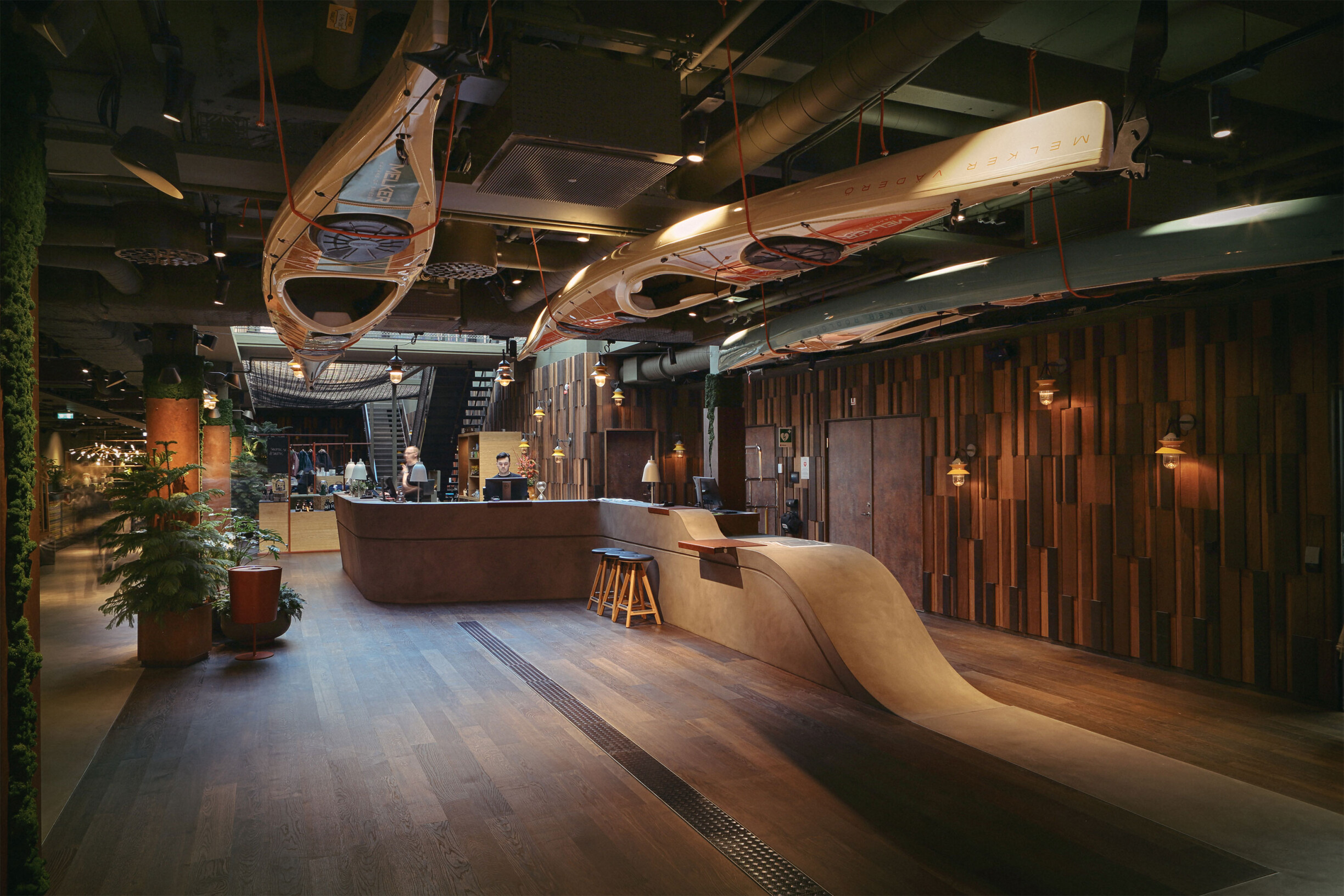
A totally different story is our 500-room hotel Downtown Camper, in the heart of Stockholm. It used to be a tedious business hotel and needed lots of love. So, we turned it into a new kind of city resort inspired by a ski or beach resort located in the middle of the city. Checking in, the staff ask you if you want to do a kayak trip with a guide before breakfast or to discover new parts of the city. We call it “the basecamp for urban explorers”, which has become a huge success, totally different from the other hotels in Stockholm.
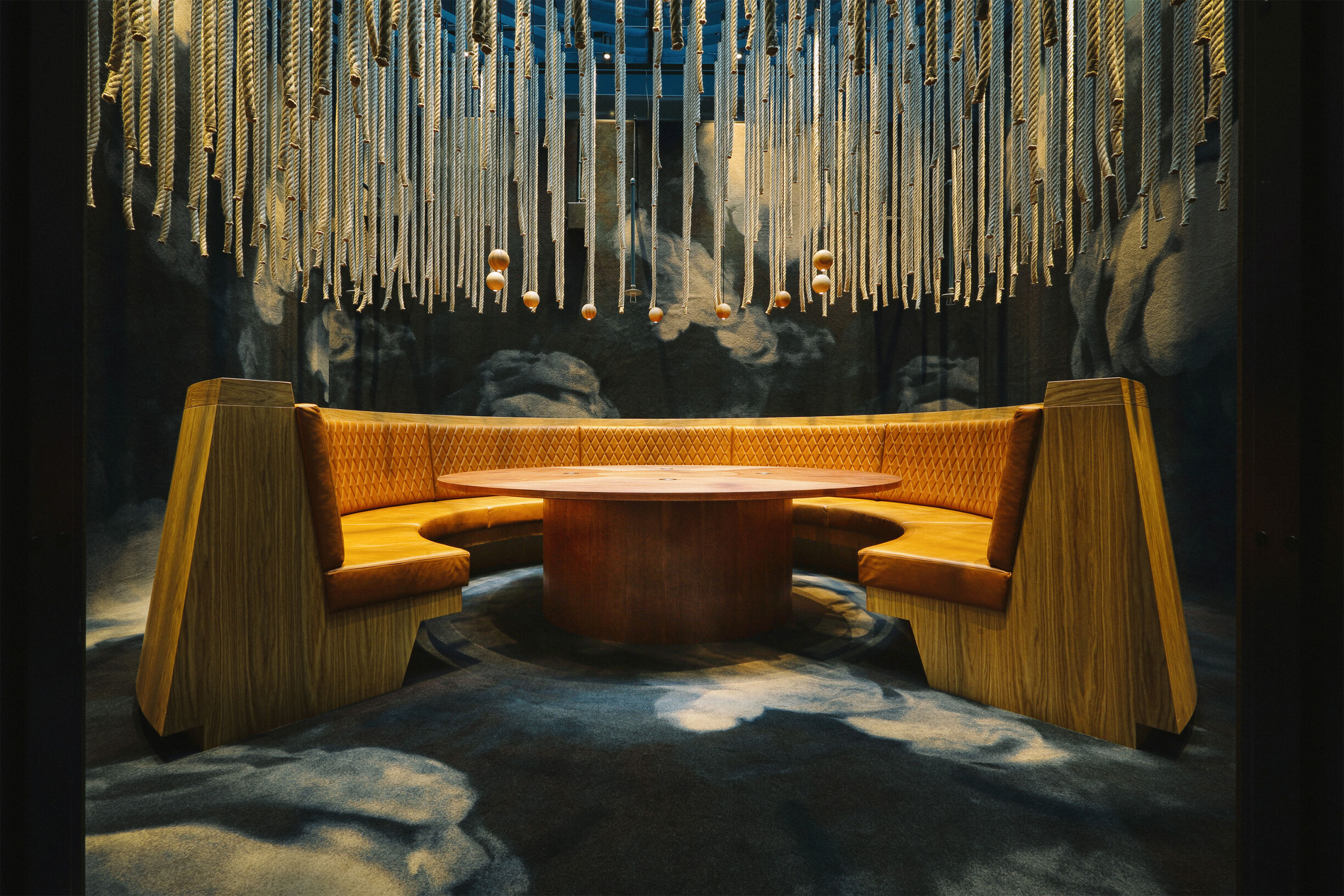

Last but not least, we have Huus in Gstaad, Switzerland. The owner came up with a beautiful idea and wanted us to create an experience-based resort with all activities all-inclusive. So, every kind of adventure, equipment and guide is included in your stay. We summoned the idea with the tagline “easy access to great adventure”.
Regarding interior design, we transformed an ordinary lobby into a generous and cosy living room. This is where everything happens, where you find the reception, the bar, the fireplace, the guide hub with all the stuff and bearded guides. It’s all mixed together, creating a lively and inspiring ambience that attracts hotel guests and locals alike. It even turned out that guests from other hotels in the Gstaad area wanted to hang out here.

HC: Tell me, if you had no limits, money or resource, what would be the great thing you want to create? If you have no limits...
EJ: I would create a one-unit hotel room, light enough to bring by helicopter. No footprint - you should even be able to put it in a national park without affecting nature. There are so many fantastic locations worldwide where you can’t and shouldn’t build a hotel, but with a unit like this, we could open the door to new experiences.
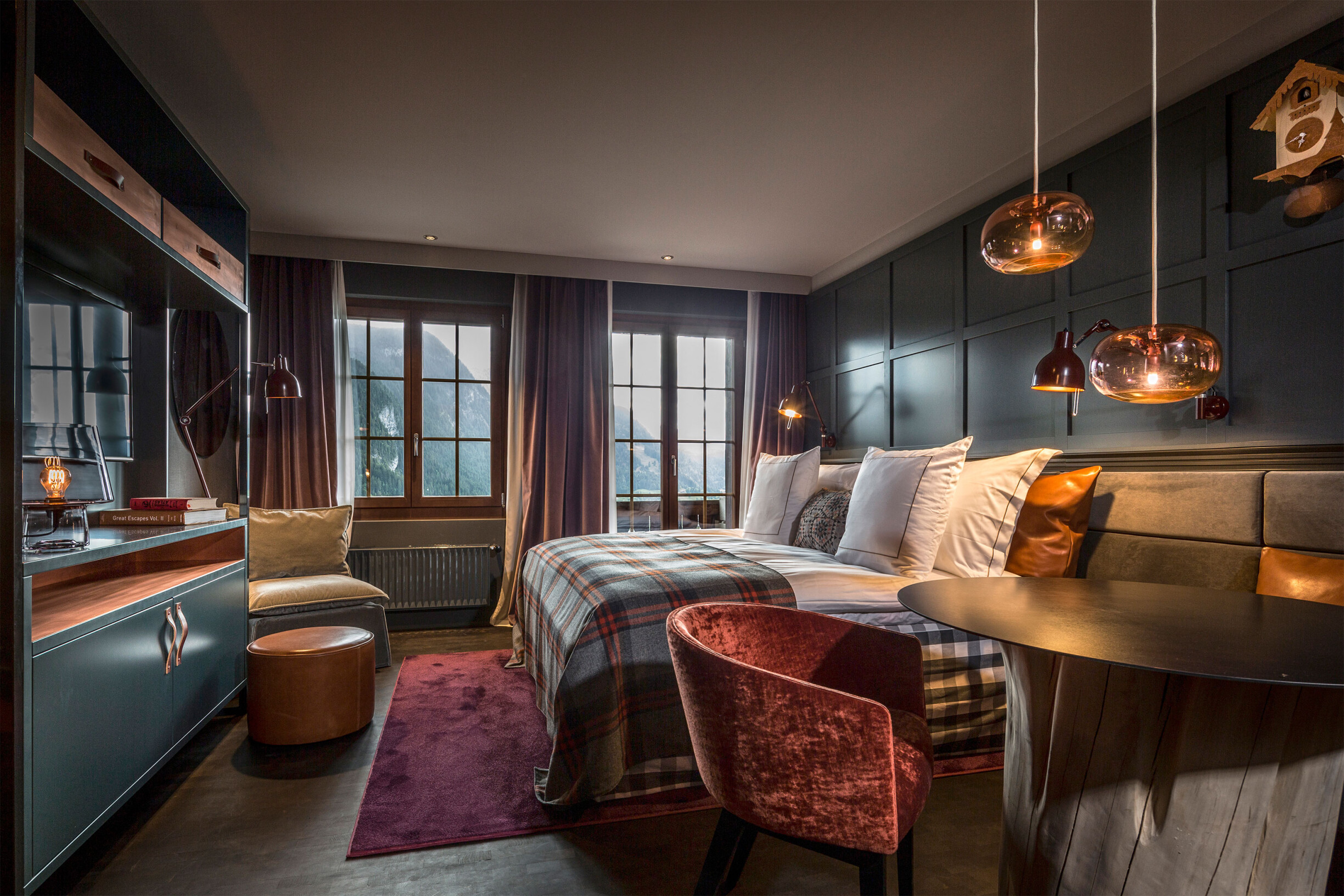
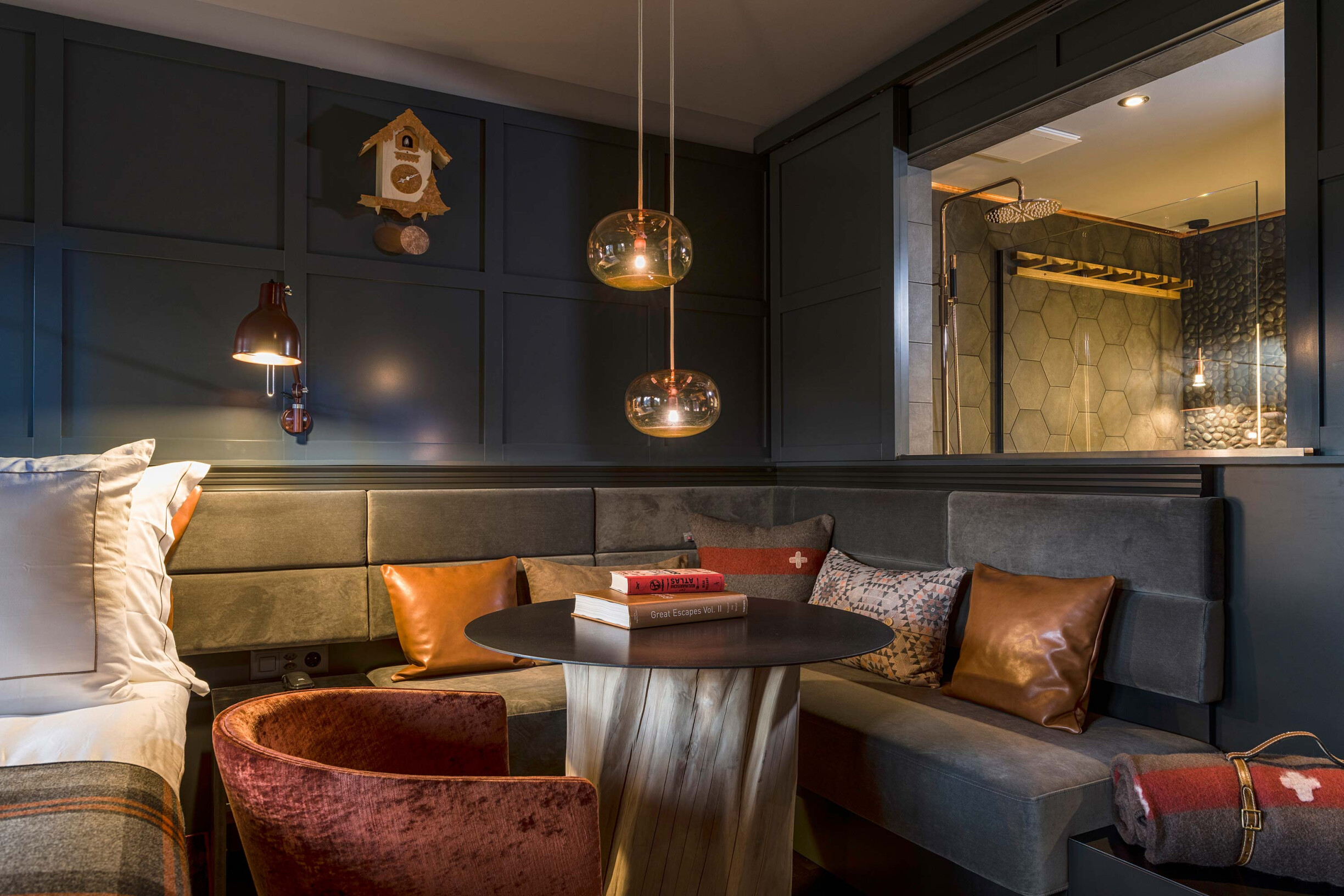
HC: If you had to advise young architects or designers, what would be your advice?
EJ: If you’re a young designer and want to work with commercial interior design as we do at Stylt, my best advice is to hook up with people who understand the business side of it all. Running a business within hospitality design isn’t something you learn at school. For me personally, creativity was never a problem, but it took many years to get the business going. To run a consulting business, that’s a different kind of education.
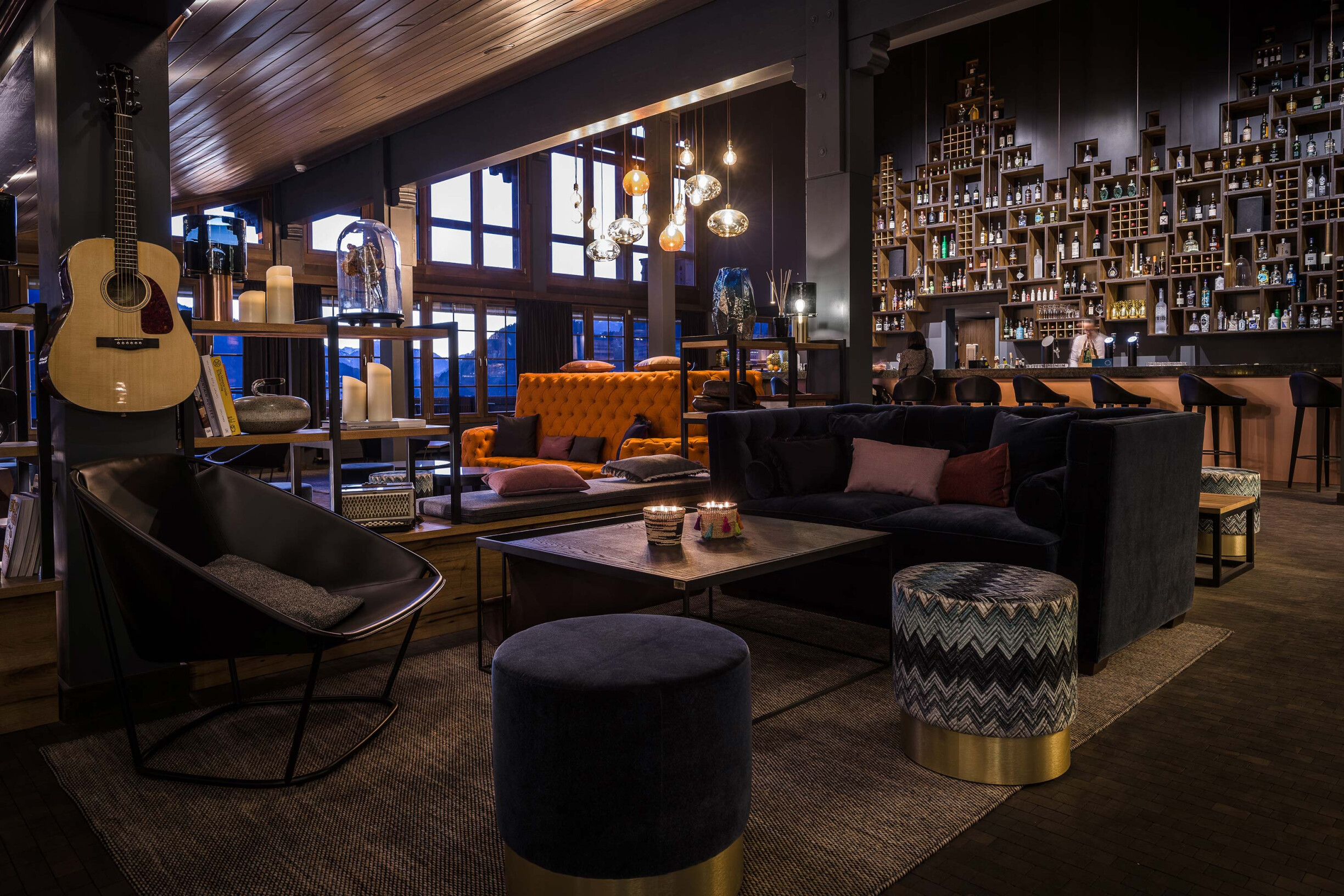
HC: A different mindset, yes.
EJ: Another piece of advice is to really listen to and understand your client. If you want to be the creator of your own stuff, you can be an artist and create uncompromisingly. But working with commercial design, you’re actually helping your client to do better business. I think our strength has always been that we combine the artistic and the commercial side of things. And when it comes to collaborating with your client, it’s a tango. It takes two to tango, you can’t do it alone.
Obviously, it’s important to be proud of your ideas and your design, and to a certain extent, fight for them. But you also must know when to let go and really listen to your client. It's her business. When the design is finished, you move on to a new project, but your client is the one who is going to live with your concept and design for a long time and make better business out of it.